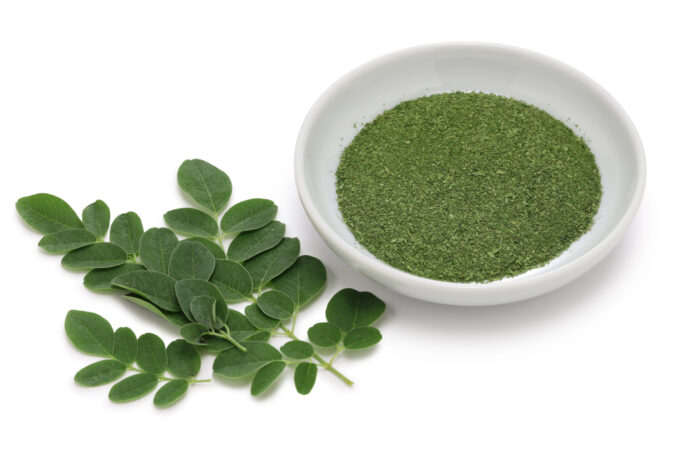Harmful algal blooms (HABs) can clog intake systems, release dangerous toxins, and threaten drinking water safety. Traditional fixes rely on aluminum-based flocculants like alum, which work—but come with baggage: toxic sludge, environmental concerns, and potential metal leaching.
Now, researchers at Clarkson University have found a promising alternative: Moringa oleifera, a plant-based flocculant that could offer a safer, more sustainable way to combat HABs. This natural solution not only forms more stable, resilient flocs but also reduces pollution risks—a win-win for both water treatment plants and the environment.
Could this be the next big shift in water treatment? Here’s what you need to know.
More Than Just a Superfood
You may have heard of Moringa oleifera as a trendy health supplement, but its seeds contain powerful proteins that act as natural flocculants. Clarkson University’s study, published in Soft Matter, compared Moringa seed extracts with alum (potassium aluminum sulfate) and found surprising results:
- Larger, more stable flocs – meaning better separation and removal of cyanobacteria
- Lower risk of toxic sludge formation – reducing waste management headaches
- More resilient to shear forces – making it ideal for high-flow treatment systems
How does it work? Unlike alum, which works by neutralizing negative charges, Moringa binds particles together using polymeric interactions. This means flocs formed with Moringa extract hold up better under stress, potentially leading to higher removal efficiency.
Alum vs. Moringa: Who Wins in a Head-to-Head Matchup?
Clarkson’s team ran a detailed flocculation study using light scattering and fractal analysis to compare the two. Here’s what stood out:
| Factor | Alum | Moringa Oleifera |
| Floc Stability | Prone to breakage | Larger, more resilient |
| Toxic Sludge Formation | High | Low |
| Sustainability | Chemical-based | Biodegradable & plant-derived |
| Environmental Risk | Possible metal leaching | Minimal impact (still under study) |
While both flocculants effectively removed cyanobacteria, Moringa formed stronger, more robust flocs. The best part? No aluminum contamination risk.
But before declaring Moringa the new industry standard, there are some unknowns to address.
The Big Question: Is It Scalable for Real-World Use?
Moringa’s potential is exciting, but can it replace alum on a large scale? There are still challenges to address before widespread adoption is possible.
While Moringa is widely consumed as food, its impact on aquatic ecosystems remains unclear, and further toxicity testing is needed to determine whether certain plant compounds could affect fish or microorganisms. Additionally, optimal dosing is still a question mark—although the study showed promising results at specific concentrations, large-scale treatment will require fine-tuning to account for varying water conditions. Regulatory approval will also be another major hurdle, as alum is already an established industry standard, and Moringa will need extensive vetting before utilities can integrate it into their treatment processes.
Despite these uncertainties, the data so far suggests that Moringa could be a viable alternative, particularly for facilities aiming to reduce chemical dependency and improve sustainability.
What This Means for Water Treatment Professionals
If your plant deals with HAB-related challenges, Moringa-based flocculants might be worth testing in pilot programs. Benefits could include less toxic waste, a more sustainable operation, and the potential for better removal efficiency translating to lower costs, fewer clogs and less down time.
While it won’t replace alum overnight, this plant-based approach is gaining traction. Expect to see more studies, pilot projects, and possibly even regulatory discussions in the near future.
Could nature’s own flocculant change the way HABs are managed? The early data says it just might. Would you consider testing Moringa at your facility?
SOURCES: Soft Matter, Smart Water Magazine





